
Sensors are the most common terms in the instrumentation industry. Sensors are divided into three categories: commonly used sensors, new sensors, and digital sensors! Here are some of the eight new sensors:
First, infrared sensor :
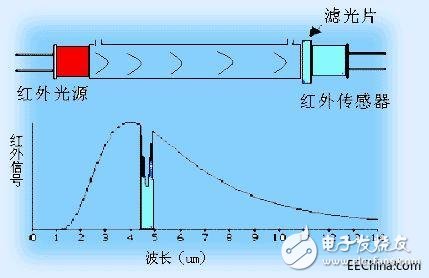
Infrared sensors are sensors that convert radiant energy into electrical energy, also known as infrared detectors. Common infrared detectors come in two major categories: heat detectors and photon detectors. Heat detectors use infrared radiation to cause detection. The sensitivity of the sensor's sensitive components changes, which in turn causes the relevant physical parameters to change accordingly. The infrared radiation absorbed by the infrared detector is determined by measuring the changes of the physical parameters. The main advantage of the thermal detector is that the response band is wide and can be in the room. Suspense work, easy to use. However, the heat detector has a long response time and low sensitivity, and is generally used in occasions where the infrared radiation changes slowly, such as a spectrometer, a thermometer, an infrared camera, and the like. Photon infrared detectors use certain semiconductor materials under the irradiation of infrared radiation to generate photon effects, which change the electrical properties of the material. By measuring the changes of the most electrical properties, the intensity of infrared radiation can be determined. The main advantages of photon detectors are high sensitivity, fast response, and high response frequency. However, it is generally required to be operated at a low temperature, and the detection band is narrow, and it is generally used for a side temperature meter, an aviation scanner, a thermal imager, and the like. Infrared sensors are widely used in temperature measurement, imaging, composition analysis, non-destructive testing and other aspects, especially in military applications more widely, such as infrared reconnaissance, infrared radar, infrared communications, infrared countermeasures and so on.
Second, the laser sensor :
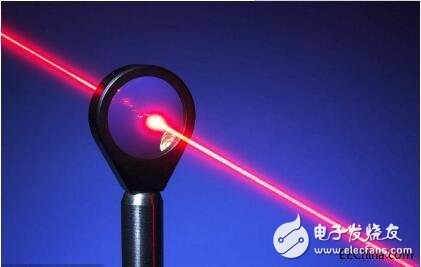
Laser sensor A sensor that uses laser technology to make measurements. It consists of a laser, a laser detector and a measuring circuit. Laser sensor is a new type of measuring instrument. Its advantage is that it can realize non-contact long-distance measurement, high speed, high precision, large range, and strong resistance to light and electricity.
The laser sensor can be classified into four types according to the working substance: 1. A solid-state laser; 2. A gas laser; 3. A liquid laser; 4. A semiconductor laser.
Third, fiber optic sensors :
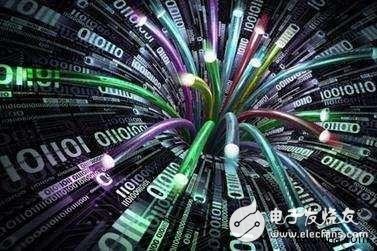
Optical fiber sensor technology is a brand-new technology formed with the development of optical fiber and optical communication technology. Optical fiber sensors have many characteristics compared with traditional sensors, such as high sensitivity, strong resistance to electromagnetic interference, corrosion resistance, good insulation, simple structure, small size, low power consumption, flexible optical path, and convenience Realize telemetry and so on.
Optical fiber sensors are generally divided into two categories. One is a sensor made of a sensitive characteristic or function of the optical fiber itself. It is called a functional sensor; the other is that the optical fiber only plays the role of transmitting light waves and must be on the fiber end face or The addition of other sensitive components in the middle to form the sensor is called a light-transmitting sensor. No matter what kind of sensor, its working principle is to use the measured change to modulate a certain parameter of the transmitted light wave, and make it change accordingly, and then the modulated light signal is detected to obtain the measured value. Optical fiber sensors can measure a variety of physical quantities. Currently available optical fiber sensors can measure more than 70 physical quantities, so optical fiber sensors have broad prospects for development.
Fourth, temperature and humidity sensor :
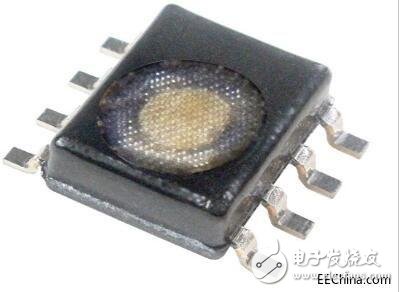
Temperature and humidity sensors are just one of the sensors. They only pass the temperature and humidity in the air through a certain detection device, and after measuring the temperature and humidity, they are transformed into electrical signals or other desired forms of information output according to a certain rule to meet users. demand.
Since the temperature and humidity have a close relationship with the physical quantity itself or the actual people's life, the temperature and humidity sensor will be produced accordingly. The temperature-humidity sensor refers to a device or apparatus capable of converting a temperature and a humidity into electrical signals that are easily measured and processed. Temperature and humidity sensors on the market generally measure the amount of temperature and relative humidity.
Fifth, ultraviolet sensor :
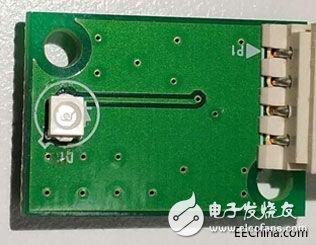
The UV sensor is a type of sensor that can utilize a photosensor to convert an ultraviolet signal into a measurable electrical signal through a photovoltaic mode and a light guide mode. The earliest ultraviolet sensors were based on pure silicon, but according to the instructions of the National Institute of Standards and Technology, pure silicon diodes also responded to visible light and formed electrical signals that were otherwise unnecessary, resulting in low accuracy. Gan's UV sensor has much higher precision than single crystal silicon and has become the most commonly used UV sensor material.
Ultraviolet sensors are sensors that use a photosensitive element to convert an ultraviolet signal into an electrical signal. Its operating modes are usually divided into two categories: photovoltaic mode and light guide mode. The so-called photovoltaic mode is that there is no need to connect the battery in series. The series resistor has current, and the sensor is equivalent to a small battery, and the output voltage, but the production is more difficult and the cost is higher; the light guide mode means that one battery works in series, and the sensor is equivalent to one. The resistance, the resistance value changes with the intensity of light, this kind of production is easy, the cost is lower.
Sixth, robot sensor:
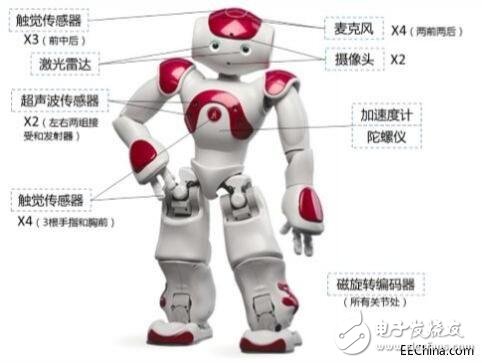
A robotic sensor is a device that can convert the characteristics (or parameters) of a robot's target into a power output. The robot performs sensor-like actions similar to humans. Robot sensors are divided into internal detection sensors and external detection sensors. The internal detection sensor is a sensor used in the robot to sense its own state to adjust and control the robot's own motion. It is usually composed of position, acceleration, speed, and JR force sensors. The external detection sensor is a sensor used by the robot to sense the state information of the surrounding environment and the target object, so that the robot has self-correction and self-adapting ability to the environment. External gun side sensors typically include sensors such as tactile, proximity, visual, auditory, olfactory, and taste. Robot sensors are an indispensable topic in the research of robotics. More, better, more powerful, and more integrated sensors are needed to promote the development of robots.
Seven, smart sensors:
The smart sensor is a kind of sensor with a microprocessor and information detection, information processing, information memory, logical thinking and judgment.
Eight, digital sensors:
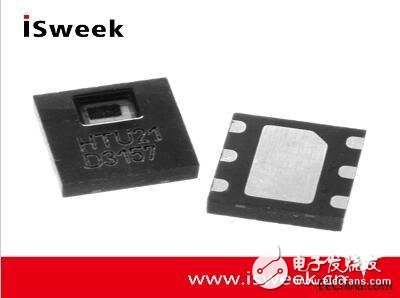
A digital sensor is a sensor that can convert a measured (analog) quantity directly into a digital emblem output. Digital sensors are the combined products of detection technology, microelectronics and computer technology, and are another important direction for the development of sensor technology. Digital sensors can be divided into three categories: First, sensors that output directly in digital form, such as absolute encoders, can convert displacement fins directly into digital quantities. The second is a sensor that is excited by pulses. For example, an incremental encoder, a grating, a magnetic grid, and an inductive synchronizer can convert the amount of displacement into a series of counting pulses and then the counting system. The number of pulses counted reflects the value of the side volume; the third is a sensor output in the form of a frequency, which can be replaced by a frequency output that is comparable to, and convenient to process. Therefore, it is also called a frequency sensor. Sensors are increasingly used in machine tool numerical control, automation, metering, and inspection technologies.
Glass Display,High Transparency Led Glass Digital Screen,Glass Window Led Advertising Display,High Level Outdoor Glass Led Display
Kindwin Technology (H.K.) Limited , https://www.szktlled.com